AI tools have made writing easier, but they’ve also introduced a new challenge – AI-generated content getting flagged as plagiarism, even when students are using these tools for support rather than shortcuts. This is especially concerning in academic environments, where originality and integrity are more rigid than anywhere else. No matter what you’re writing, a thesis, research paper, or class assignment, knowing how to remove AI plagiarism is your key to academic success. In this guide, you’ll learn how to use AI safely and ethically, and how to clean your work using the most effective tools and techniques.
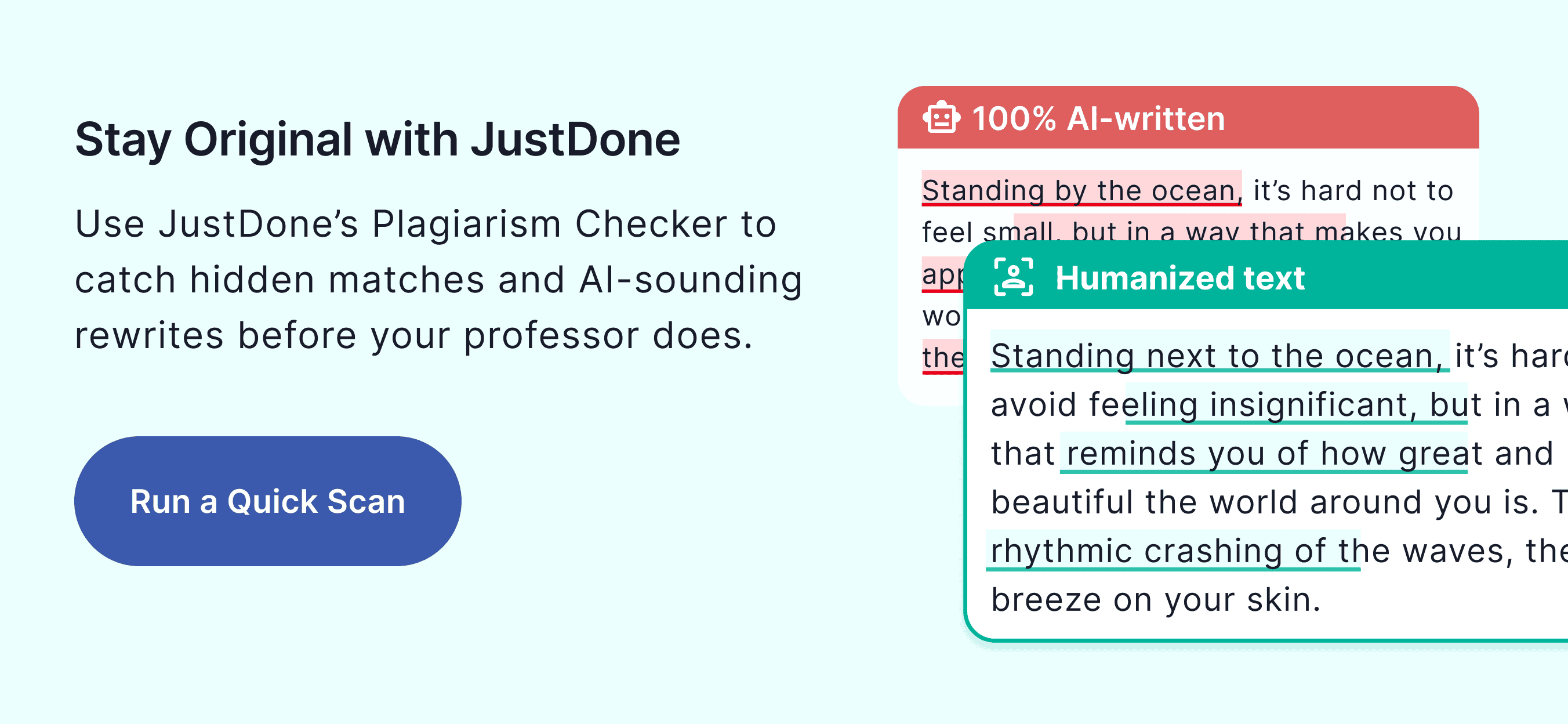
What is AI Plagiarism and Why Remove It from Writing
Simply put, AI plagiarism happens when content created or assisted by an AI model closely resembles existing sources. The situation could be even worse if your text is identified by detectors as “machine-generated” and therefore unoriginal. Even if you wrote something yourself using AI only as a guide or as a text polisher, detectors can still flag your work if they think your work lacks enough human tone.
Why remove plagiarism? Because originality is still the gold standard in academic writing. Universities expect students to submit work that reflects their own voice and understanding. Failing to remove AI plagiarism can harm your academic reputation, raise ethical concerns, and even lead to disciplinary action. Removing AI from your writing isn’t just about passing a check; in fact, it protects your credibility.
How to Use AI Without Plagiarizing
Using AI doesn’t have to lead to plagiarism, but only if you’re thoughtful about how you use it.
There’s a big difference between copying full paragraphs from ChatGPT and using AI tools to outline ideas, brainstorm phrasing, or revise clunky sentences. The former is risky and often detectable; the latter is closer to working with a tutor. If you rely too heavily on AI to write content for you without adding your own voice, your work can become generic. As a result, you will be flagged by the AI detector.
Ethical AI use in academia means being transparent about where you got help, rewriting AI suggestions into your own words. Besides, you should always cite sources if your AI assistant points you to factual or sourced material. Remember, universities are looking for your interpretation, not just clean sentences. To remove AI from writing, focus on rewriting, restructuring, and understanding, not copying. You can also explore more on how to humanize AI content if you're not sure where to start.
How to Remove AI Plagiarism
From my experience, there are not too many methods that can help remove AI plagiarism the right way. Let’s talk about the three most reliable ones.
Method 1: Online AI Plagiarism Remover Tools
If you want a fast, effective way to remove AI plagiarism online, AI-powered remover tools are the easiest place to start.
Tools like Plagiarism Remover allow you to check your writing for plagiarism in seconds and remove any AI traces from your content accurately. Whether you’re worried about detection tools flagging your thesis or just want to sound more human in your assignments, this tool gives you a solid head start.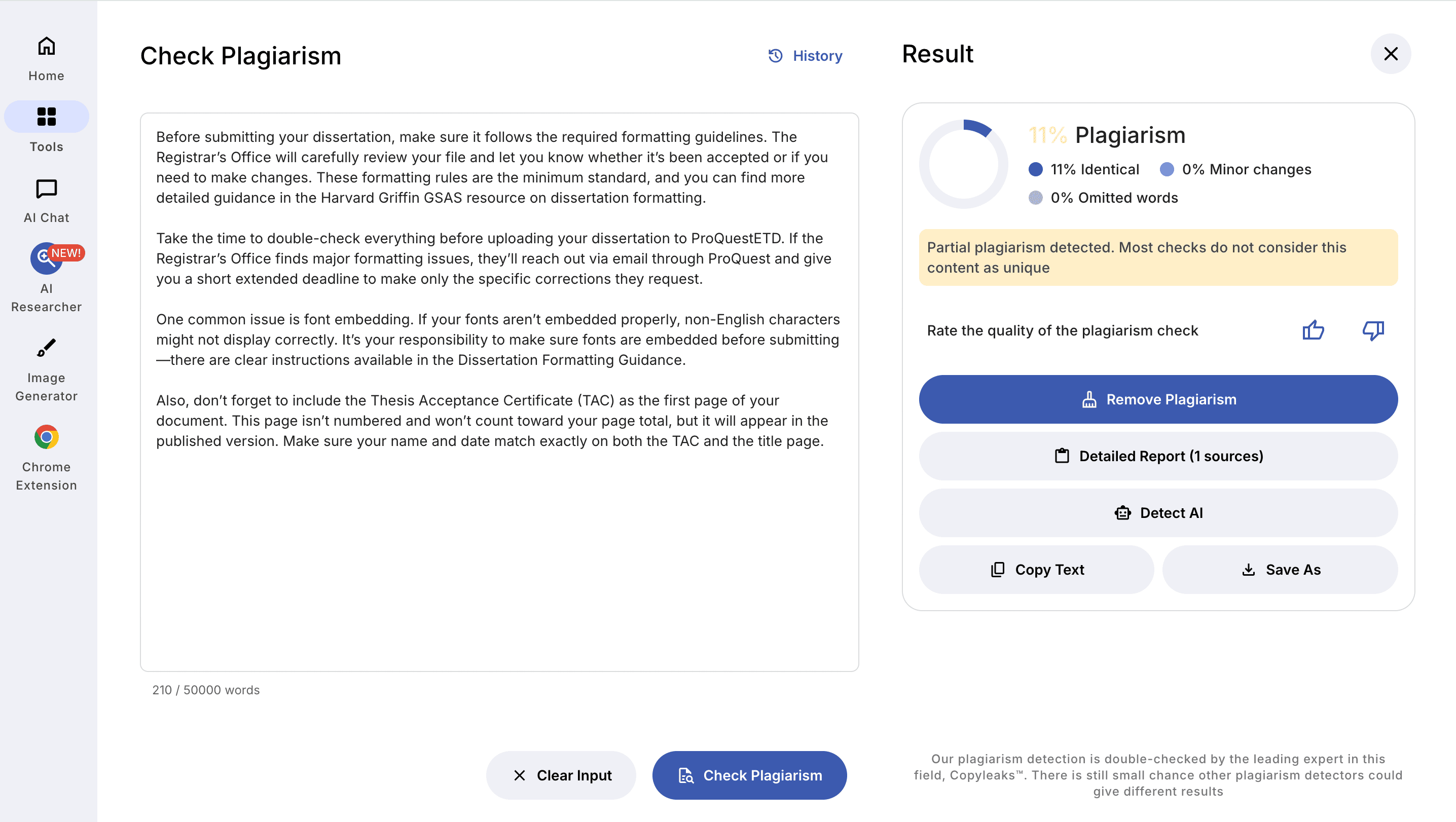
Here’s how it works:
- Begin by inputting your text into JustDone’s AI Plagiarism Remover.
- The tool scans for AI-generated patterns and identifies which parts need rewriting.
- You’ll receive improvement suggestions: they usually include a mix of wording changes, sentence restructuring, and tone adjustments.
- Apply those tips or let the tool assist with rewriting.
The biggest advantages I see here? It’s fast, doesn’t require an account, and was built with AI detection patterns in mind. In fact, it’s a perfect solution for students under a deadline.
Method 2: Manual Rewriting and Humanization
For a more personalized approach, manual rewriting is your best option. This means reading each sentence and rephrasing it in your own voice. Not only does this help avoid AI detection, but it also makes your writing feel more natural and connected to the topic.
Humanized writing shows deeper understanding, especially when you add original examples or your own analysis. But frankly speaking, rewriting everything by hand takes time. As for me, it’s better to use some helpers like JustDone’s AI Humanizer. It rewrites AI-generated text to sound uniquely human while preserving your message, helping you save time and protect your tone.
It’s a great middle ground: you get the benefits of AI without sounding like a bot.
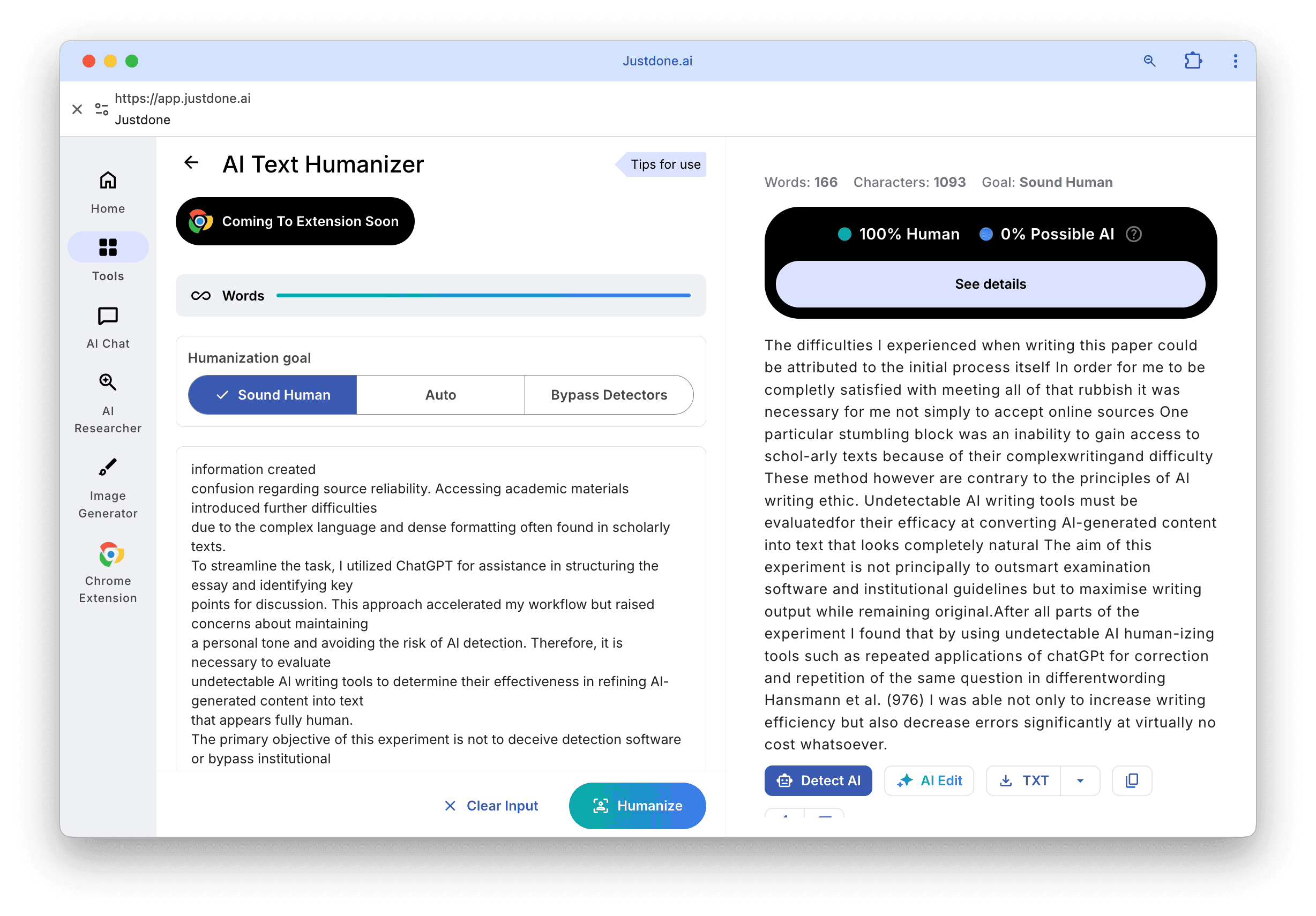
Method 3: Paraphrasing and Restructuring Techniques
Even without tools, there are writing techniques you can use to remove AI plagiarism. Paraphrasing means restating the idea in new words, while restructuring focuses on changing sentence flow, grammar, or perspective.
For example, instead of:
“AI-generated writing can sound robotic and generic.”
Try this paraphrasing:
“Many readers find that AI-written content lacks personality or feels overly mechanical.”
Obviously, you’re saying the same thing, but in your own words and style. Also, if your original AI text relies on facts or statistics, make sure to cite your sources correctly using your institution’s preferred style guide (APA, MLA, etc.).
If you combine paraphrasing with manual rewriting and tone editing, you’ll end up with a version that’s much more likely to pass any AI detection or plagiarism checker.
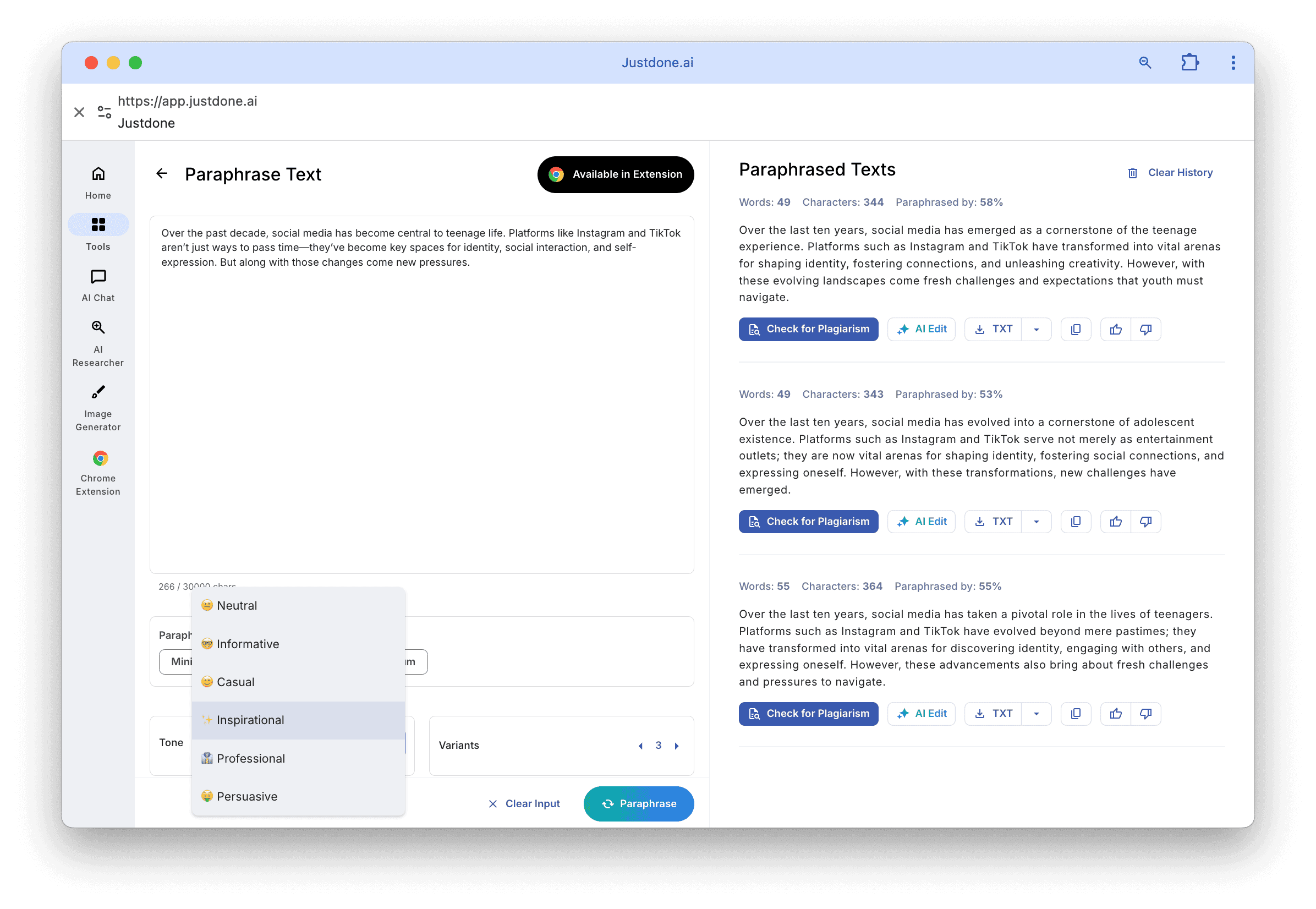
For context, it’s helpful to know what percentage of plagiarism is acceptable depending on your institution’s rules.
Best Options to Remove AI from Academic Writing
Academic writing demonstrates the highest standard of originality. If you ask how to remove plagiarism from thesis or research paper, you should know that it means going beyond basic paraphrasing. You need to focus on voice, structure, and tone appropriate for your field.
I recommend starting by making sure your content aligns with academic style guidelines. To do that, use formal language, cite sources properly, and avoid overly simplified phrasing. Run your work through formatting tools like citation managers or grammar checkers to refine structure.
For thesis-level writing, I recommend following three steps:
First, use JustDone’s AI Humanizer to rewrite long sections without losing your academic tone.
Second, run your full draft through JustDone’s AI Plagiarism Remover to ensure clean, authentic content before submission.
Third, double-check citations and paraphrased research to maintain integrity.
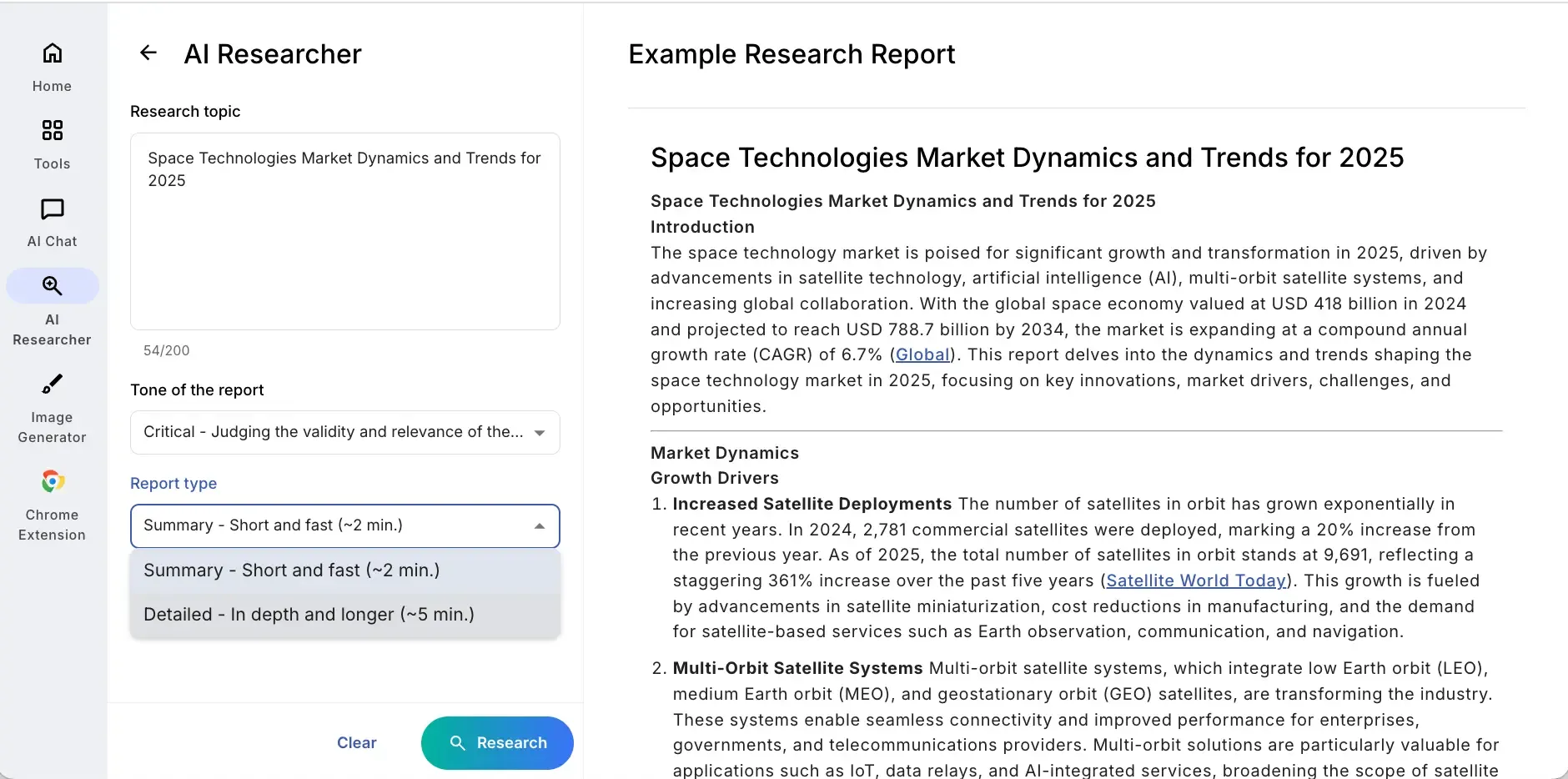
Above all, your academic voice should reflect critical thinking. AI is a helpful support tool, but the final draft should feel personal, precise, and purposeful.
Final Thoughts on How to Remove Plagiarism
AI can be a powerful tool, but only if used responsibly. When polishing a research paper, writing your thesis, or submitting classwork, it’s essential to make sure your content is original, clear, and ethically sound. In fact, not to be flagged, you don’t need to do a lot of manual work.
With the right tools and practices, you can remove AI plagiarism online without stress. I recommend using quick-fix platforms like JustDone’s AI Plagiarism Remover for free, doing manual rewriting with a humanizer, and applying some paraphrasing techniques. Don’t forget that your goal should always be to communicate in your own voice, but meet academic standards at the same time.
FAQs
Can AI detection tools be fooled?
Not entirely. Some detection tools are very sensitive, while others are more forgiving. The best approach is to humanize and personalize your writing so it no longer resembles AI patterns.
Is it ethical to remove AI traces from writing?
Yes, as long as you're using AI tools to assist and not to replace your thinking. Editing, rewriting, and polishing AI drafts to reflect your own ideas is part of responsible, ethical writing.
Is it possible to avoid plagiarism when using AI?
Absolutely. Use AI for inspiration, then rewrite and cite properly. Avoid copy-pasting outputs directly into your work without revision or context.
Which method works best for removing AI plagiarism?
It depends on your needs. For speed, use an AI plagiarism remover like JustDone. For depth, combine manual rewriting with humanization tools to create the best result.